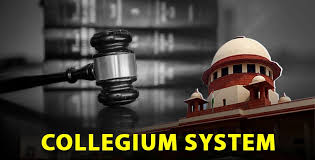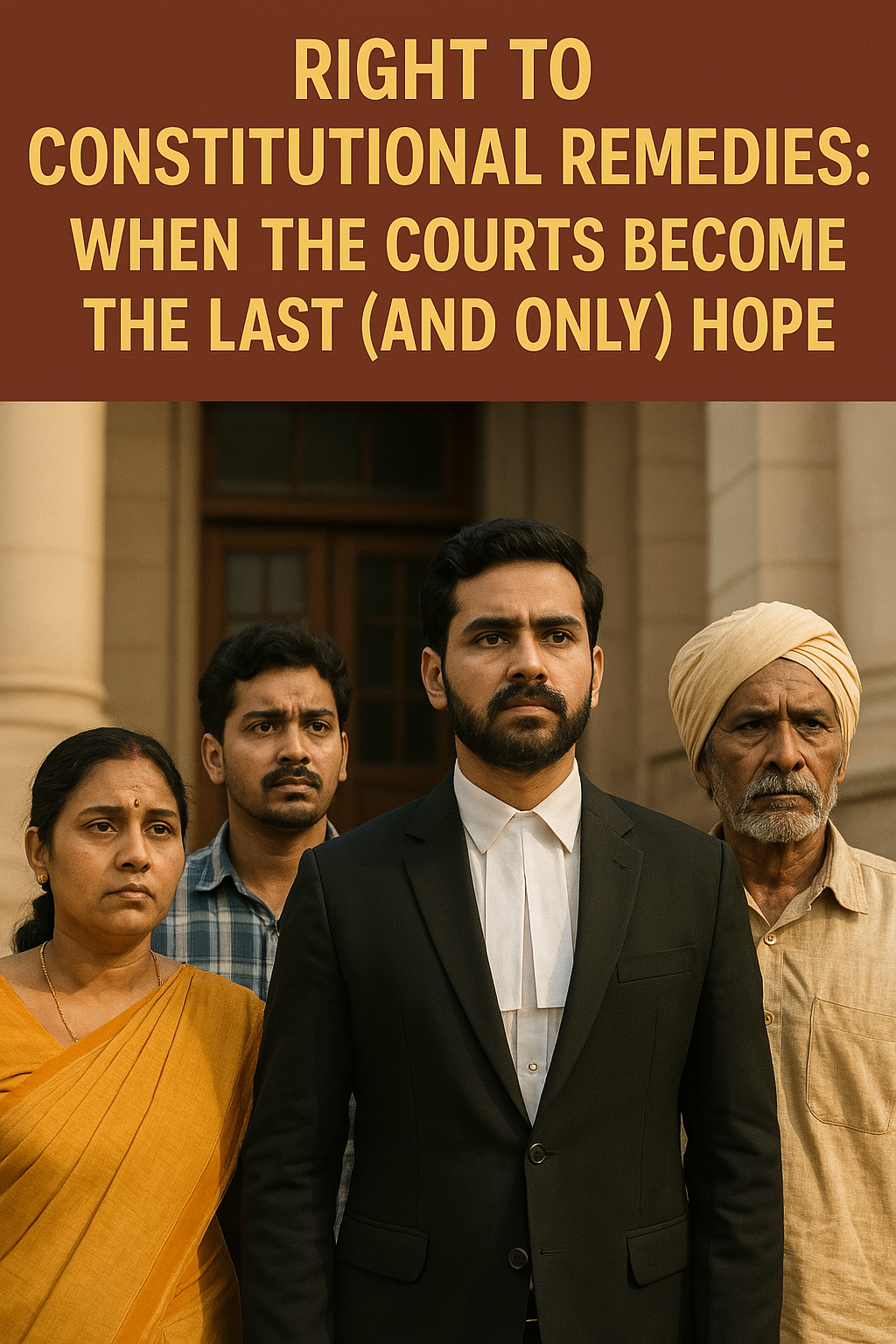Sajjan Singh vs State of Rajasthan
Sajjan Singh vs. State of Rajasthan (1965)
1. Case Citation
Sajjan Singh v. State of Rajasthan, AIR 1965 SC 845
2. Facts of the Case
The appellant, Sajjan Singh, was accused of murdering his wife by strangulation.
The prosecution case was largely based on circumstantial evidence.
The accused was convicted and sentenced by the trial court and the conviction was upheld by the Rajasthan High Court.
Sajjan Singh appealed to the Supreme Court challenging the conviction.
3. Legal Issues
The key legal questions before the Supreme Court were:
Whether the circumstantial evidence presented was sufficient to prove the guilt of the accused beyond reasonable doubt.
Whether the chain of circumstances formed a complete and unbroken chain pointing to the guilt of Sajjan Singh.
The adequacy and reliability of medical evidence relating to the cause of death.
4. Supreme Court’s Analysis
A. Circumstantial Evidence
The Supreme Court laid down the principle that for conviction based on circumstantial evidence:
The circumstances must be fully established.
They should be consistent only with the guilt of the accused.
The circumstances must exclude every possible hypothesis except that of the guilt of the accused.
If the chain of circumstances is broken or the facts are consistent with innocence, conviction cannot be sustained.
B. Medical Evidence
Medical evidence showed that death was caused by strangulation.
The injuries were consistent with the prosecution’s version.
The court emphasized the importance of medical evidence to corroborate or contradict the circumstantial evidence.
C. Standard of Proof
The Court reiterated the principle that the prosecution must prove the guilt beyond reasonable doubt.
Any doubt in the chain of circumstantial evidence must benefit the accused.
5. Decision
The Supreme Court found that the circumstantial evidence and medical evidence were sufficient and consistent.
The chain of circumstances left no reasonable doubt regarding Sajjan Singh’s guilt.
The Court upheld the conviction and sentence imposed by the lower courts.
6. Significance of Sajjan Singh v. State of Rajasthan
A. Landmark on Circumstantial Evidence
This case is often cited as a classic authority on the principles guiding conviction based on circumstantial evidence.
It emphasized that a chain of circumstantial evidence must be complete, cogent, and conclusive.
The ruling cautioned courts not to convict if there is a reasonable hypothesis other than guilt.
B. Medical Evidence Corroboration
Highlighted the importance of medical evidence in corroborating circumstantial facts in criminal trials, especially in homicide cases.
C. Presumption of Innocence
Reinforced the presumption of innocence and the burden on the prosecution to prove guilt beyond reasonable doubt.
7. Relation to Other Case Law
The principles from Sajjan Singh have been followed and elaborated upon in subsequent cases involving circumstantial evidence, such as:
Sharad Birdhichand Sarda v. State of Maharashtra (1984): Another leading case on circumstantial evidence principles.
K. K. Verma v. State of Rajasthan (1956): Earlier precedent emphasizing proof beyond reasonable doubt.
8. Summary
| Aspect | Details |
|---|---|
| Court | Supreme Court of India |
| Year | 1965 |
| Offence | Murder |
| Evidence Type | Circumstantial and medical evidence |
| Key Principle | Circumstantial evidence must form a complete chain, excluding all other hypotheses |
| Outcome | Conviction upheld |
| Importance | Landmark judgment on use of circumstantial evidence in criminal trials |


















0 comments